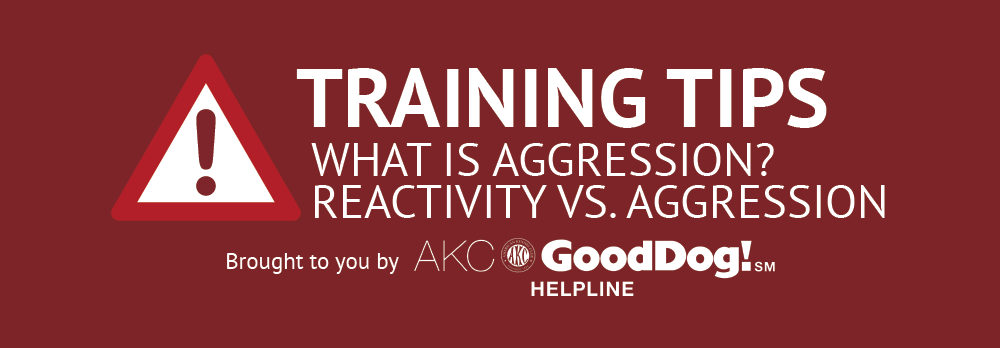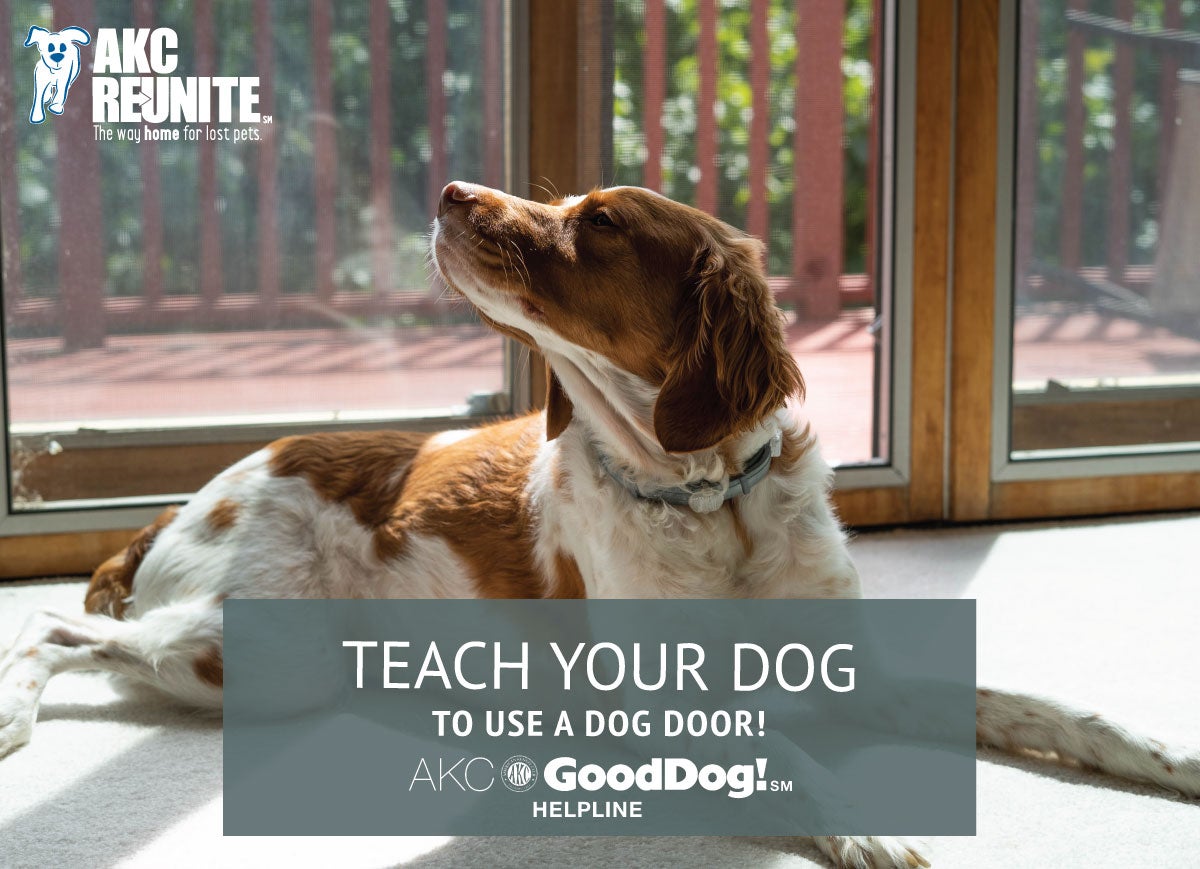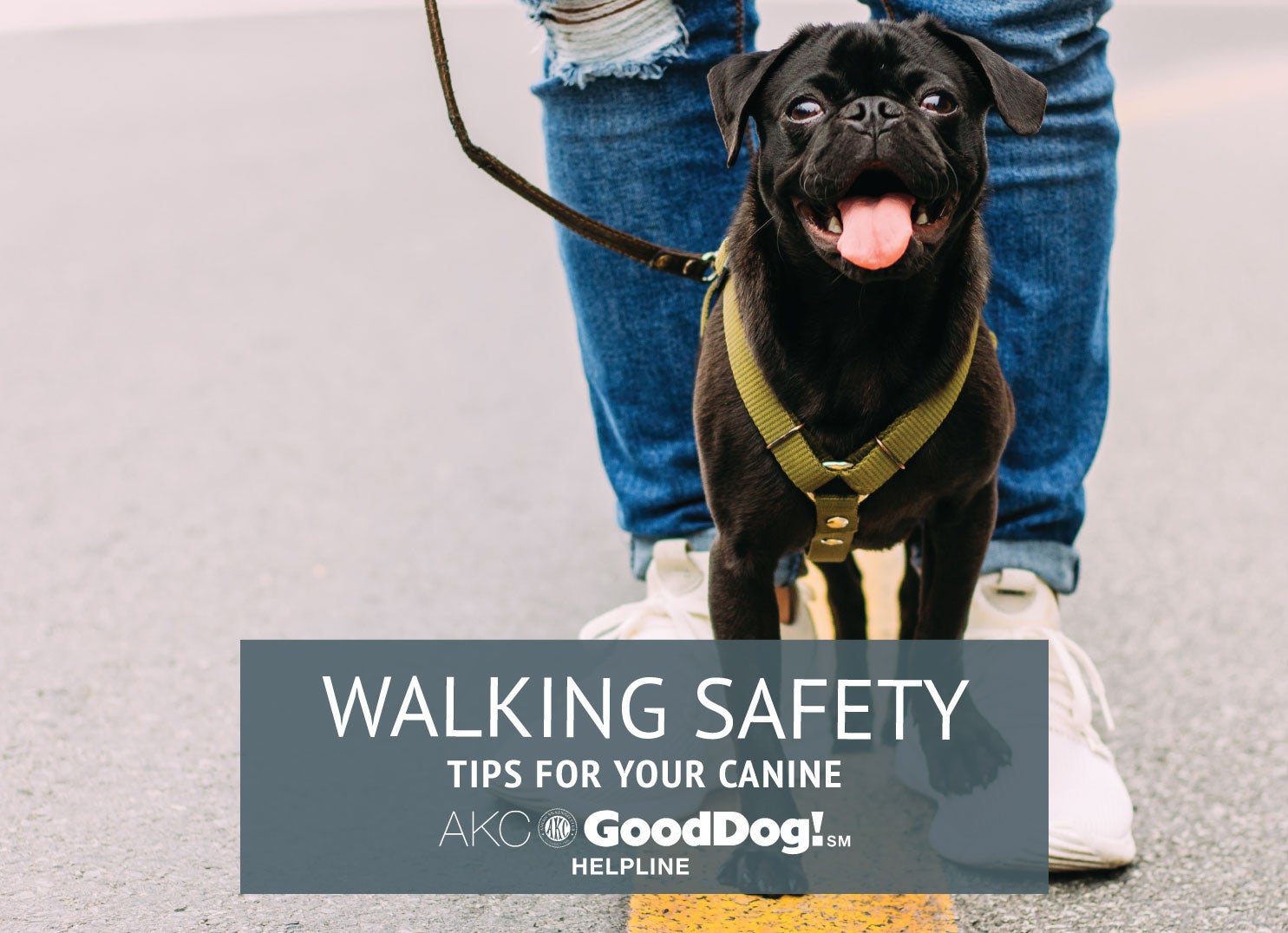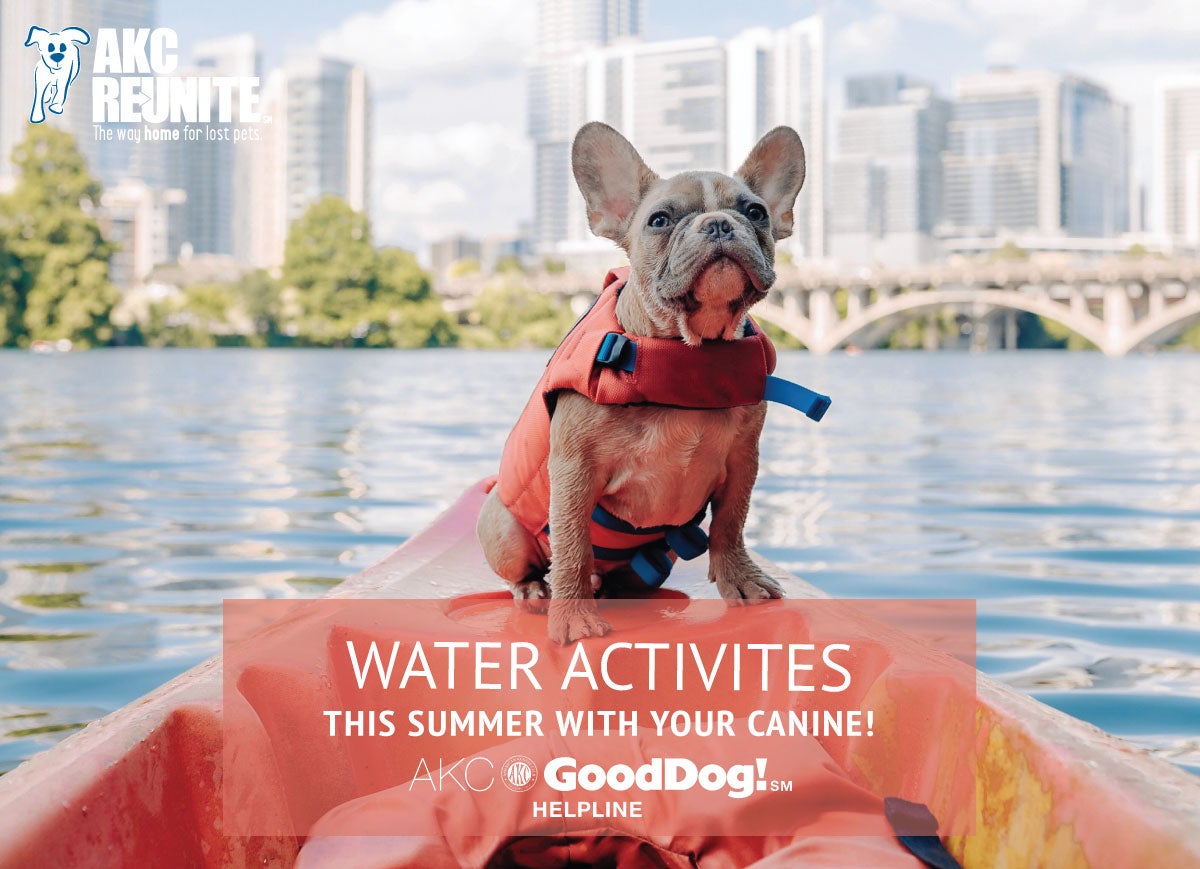Learn the Difference Between Reactivity and Aggression
Brought to you by the AKC GoodDog! Helpline – the AKC’s 7-day-a-week training support service
By Erin Rakosky, AKC GoodDog! Helpline Trainer
Aggression is one of the most common reasons pet owners seek professional help. But what really is aggression? Aggression is typically viewed as any threat to harm an individual whether this individual is human or another animal. There are many different forms of aggression and it is important to tease out the cause in order to appropriately deal with the issue at hand. Aggression can be due to guarding territory or protecting a family member, resource guarding, fear, frustration, prey drive and/or pain.
Reactivity: Commonly confused with aggression is reactivity. Dogs that are reactive are those that overreact to certain things or situations. Reactivity can be due to genetics, lack of proper socialization or a combination of the two and is typically driven by fear. Reactive dogs may have certain triggers such as men with beards or hats, small children or being on a leash.
Fight or Flight: Fear is the most common cause of aggression. This type of aggression is seen when a dog is scared. Normally when a dog is scared it chooses to run from what it is afraid of. In situations where a dog is trapped and cannot flee from the inciting cause it will decide to fight to preserve itself. Fearful dogs may not give any additional warnings other than their body language. The bites themselves are typically quick snaps and may occur when the person is leaving with their back turned.
There are many behaviors that look a lot like aggression but are not. Listed below are some of the behaviors commonly confused with aggression:
Mouthing/nipping puppies: Puppies interact with their world through their mouth. When puppies play either with other dogs or with their owners they can become “mouthy.” Commonly they can become over stimulated and nip harder than they should when playing. This nipping is not coming from a puppy that is being aggressive but rather is just having too much fun playing and needs a break.
Rough play: Dog-to-dog play is a normal part of canine interaction. Dog play is “mock fighting.” Puppies learn how to do this appropriately from their peers. Dog play can become intense, get loud and appear aggressive but as long as both dogs are having fun and respecting body language, it can be a great activity for socialization and exercise.
Resource guarding: Dogs will tend to guard thing that they believe hold great worth. These items can be toys, food, bones, sleeping areas and even people. This tendency comes from our dogs descending from wild ancestors who had to protect their resources in order to survive. Teaching dogs behaviors such as “leave it” and “out” can help curb this behavior. Another good way to deal with resource guarding is to trade with your dog, exchanging the forbidden object that they are guarding for a treat.
Leash reactivity: Leash reactive dogs tend to growl, bark and/or lunge towards things that make them nervous or fearful. These triggers may be other dogs and/or people and can be narrowed to specifics such as children, men, people wearing hats, or male/female dogs. These behaviors are not the dog acting aggressive but rather trying to prevent a fight. They display these acts in order to try and make the threat go away or increase the distance. If you are approached by a dog that is reactive, the best thing you can do is give them space. Do not approach them in an attempt to greet them. The owner is likely trying to train through the behavior and keeping your distance will help in this training.
Body language
Since dogs cannot talk, they must rely on their body language to tell other dogs and humans how they are feeling about different situations. Below are some common body language signals that everyone who interacts with dogs should know:
Signs of a happy dog:
- Body relaxed
- Happy expression
- Tail wagging
- Play bow
Signs of anxiety:
- Yawning when not tired
- Lip licking
- Sudden scratching
- Sniffing
Signs of arousal:
- Ears forward, mouth closed
- Eyes intense
- Body forward and tense
- Tail high and slowly wagging
Signs prior to a bite:
- Signs of anxiety or arousal
- Direct eye contact
- Showing whites of eyes
- Growling
- Showing teeth
If you believe your dog is truly aggressive then it is best to seek professional help. You can start by asking your veterinarian for a reference for a behaviorist in your area. Other resources are the International Association of Animal Behavior Consultants (IAABC); the Certification Council for Professional Dog Trainers (CCPDT) ; and the Association of Professional Dog Trainers (APDT).
For more tips and advice on training your dog, join the AKC GoodDog! Helpline, a seven-day-a-week telephone support service staffed by experienced dog trainers: www.akcgooddoghelpline.org.
